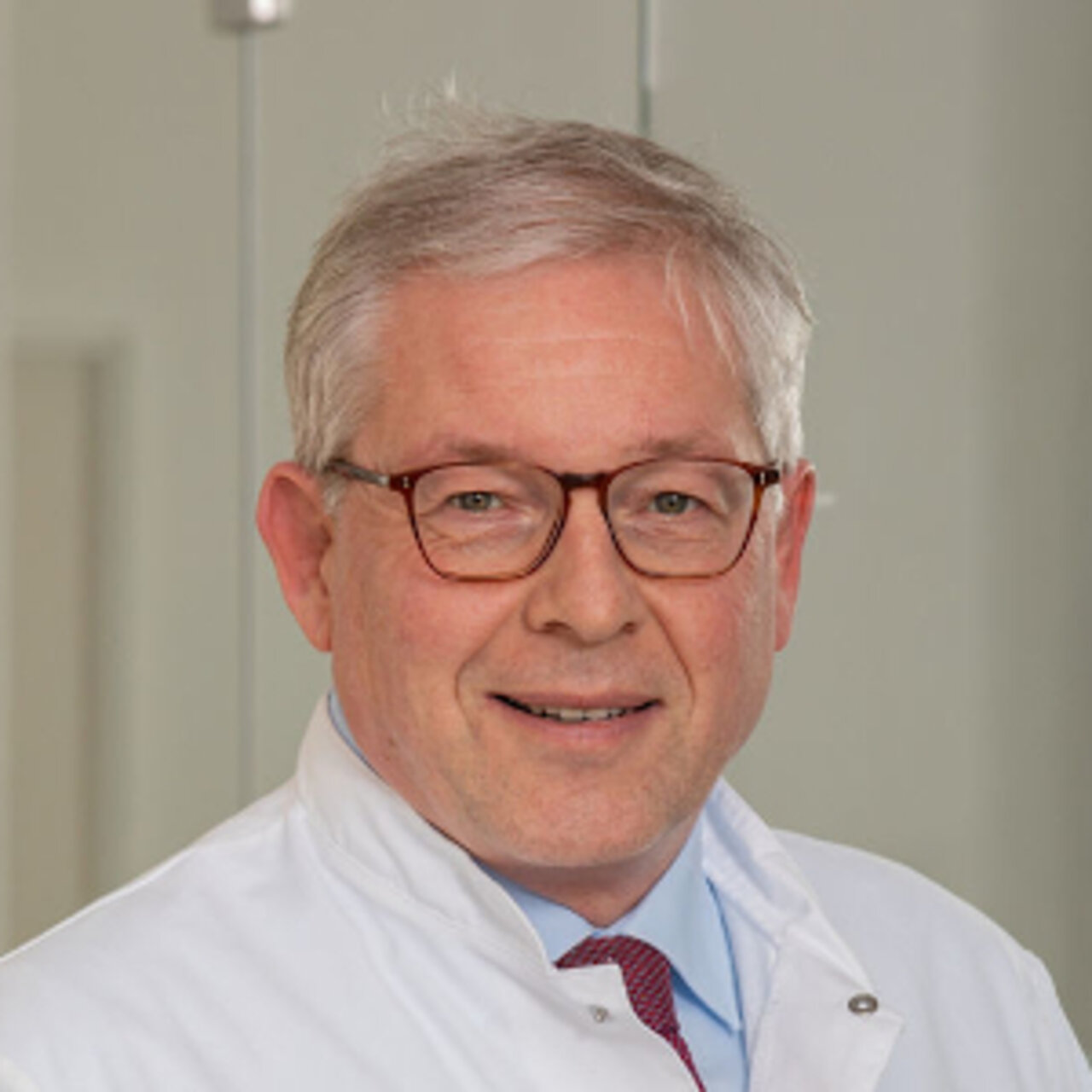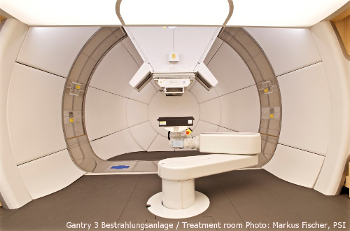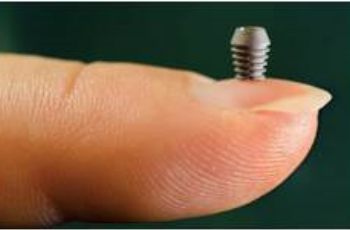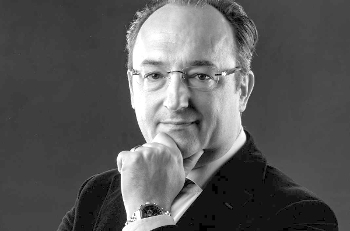Specialists in Nose correction
2 Specialists found
Information About the Field of Nose correction
What is Rhinoplasty?
A nose correction, also called rhinoplasty, is a nose surgery in which the cartilaginous or bony part of the nose is corrected. The nose can be either enlarged or reduced in size. The shape of the nose can also be changed.
Usually, the surgery is carried out for aesthetic reasons, whereby the natural shape is changed, or deformation caused by injury is corrected. It is also not uncommon to undergo surgery for problems with nasal breathing.
In this case, surgery is carried out on the internal structures of the nose, which means the nasal septum. If the surgery is carried out on the nasal septum, also called septum in Latin, the surgery is called septoplasty.
Rhinoplasty Is One of the Most Difficult Procedures
Aesthetic nose surgery is one of the most common procedures in plastic surgery, along with breast augmentation and liposuction. At the same time, it is among the most challenging procedures. Since the nose is located in the center of the face, it shapes the entire facial image. Even the smallest changes in the shape of the nose can change the whole face. It is, therefore, all the more important to discuss the surgery in detail with the surgeon in advance and to have a realistic idea of the expected results.
As of Which Age Can Rhinoplasty Be Carried Out?
A nose correction can be carried out in patients of any age, provided that the development of the nose has already been completed, which is usually the case as of the age of 17 years.
Which Examinations Are Carried Out Before a Rhinoplasty?
In preparation for a rhinoplasty, the surgeon examines the nose in detail. The condition of the mucous membranes and the function of breathing are checked. A detailed medical history (patient interview) is reviewed. The attending physician should be informed about all nose surgeries, even if they were carried out several years ago. Furthermore, the patient is informed about the surgical procedure and the possible techniques. An optimal solution is determined individually together with the patient.
Procedure and Duration of a Rhinoplasty
The rhinoplasty is carried out in an inpatient setting under general anesthesia. Depending on individual characteristics, the procedure can take up to two hours.
In contrast to the former method, the surgery is no longer carried out from inside the nose, but from the outside. This technique is known as "open rhinoplasty." The advantage of this method is higher precision. A small incision is made between the nostrils, and the nose is opened. The skin and mucous membranes are separated from stable structures such as cartilage and bone.
The further procedure is determined by individual characteristics. With a hump nose, the excess structures are removed. A crooked nose is usually caused by the position of the nasal septum. In this case, a septoplasty is carried out. If the patient has a saddle nose, the bridge of the nose is built up with the body's material (e.g., cartilage from the auricle or rib).
After the shaping of the nose is completed, the mucous membranes are reattached and stitched. The nostrils are filled with tamponades. The new shape is fixed with a plaster or plastic splint, which has to be worn up to two weeks.
Risks and Healing Process of a Nose Surgery
A nose correction provides a permanent result, although the success of the surgery can only be fully assessed after one year.
Like any surgical procedure, nose correction is associated with risks. The surgery can result in allergic reactions to the anesthetics, infections, and disturbances in wound healing. Complications specific to rhinoplasty include impaired nasal breathing and chronic infections of the respiratory tract. In some cases, the sensitivity of the nose may be impaired for several months. Lacrimal duct injuries are rare.
Nose correction is among the procedures with the highest number of unsatisfactory results due to the particular position of the nose in the face and also improperly carried out surgeries.
If the patient is not satisfied with the result of the nose correction, another surgery for follow-up correction is possible. But, the results of the renewed surgery are difficult to predict, as repeated nose correction is more complicated and involves higher risk. The healing process should be completed before the next operation. For this reason, doctors recommend waiting periods of at least one year before repeating the surgery.
How much does a Nose Job cost in Germany?
The costs of a nose correction are only covered by health insurance companies if there is a medical necessity for rhinoplasty, such as nasal septum surgery due to impaired nasal breathing.
A nose correction for plain aesthetic reasons must be covered by the patient. The costs can vary significantly due to the different anatomical conditions and wishes. As an approximate guideline, an amount between 2500 and 6000 Euros can be expected. To find out the exact costs for an individual rhinoplasty, the patient must obtain a cost estimate from his doctor. The expenses include an initial consultation and preliminary examinations, rent for the surgery room, as well as surgical staff, anesthesia, surgeon, recovery room, inpatient care, and follow-up treatment.
Which Doctors Are Specialists for Rhinoplasty in Germany and Switzerland?
If you are considering a nose correction, you want to be sure that a satisfactory result will be achieved. Therefore, the patient is wondering where to find the best nose surgeon Germany or Switzerland. The option to choose an ENT specialist or a specialist for plastic and aesthetic surgery has to be made.
Both specialists for plastic and aesthetic surgery and experienced ENT doctors have the necessary training to carry out a nose correction. Whether a doctor is a specialist in nose correction depends on the surgical experience in the field of nose surgery. The more rhinoplasties a doctor carried out, the more experienced he becomes in his specialty. That is why it is important to get a personal impression of several specialists before an aesthetic procedure.
We will help you find a specialist for a nose job in Germany or Switzerland. On the PRIMO MEDICO website, you will only find experienced specialists and head physicians in their specialty. Currently, you can find specialists for nose surgery in Berlin, Munich, Düsseldorf, Bern, and Lucerne.
Sources:
- Deutsche Gesellschaft für Ästhetisch-Plastische Chirurgie www.dgaepc.de
- Kastenbauer, Ernst R ; Tardy, M Eugene ; Schumacher, Katharina ; Aguilar, Eugenio A ; Caroll, William R ; Dellian, Marc: Ästhetische und Plastische Chirurgie an Nase, Gesicht und Ohrmuschel. 3. unveränd. Aufl.. Stuttgart: Georg Thieme Verlag, 2005.
- Prof. Dr. Peter M. Vogt; Klinik für Plastische Chi Medizinische Hochschule Hannover: Praxis der Plastischen Chirurgie : Plastisch-rekonstruktive Operationen - Plastisch-ästhetische Operationen - Handchirurgie - Verbrennungschirurgie. Berlin, Heidelberg: Springer, 2011.
Medical Articles
Your benefits
If you have found a matching specialist, you can contact him/her directly and upload records if needed. And in case you need treatment, you can…
We will direct your request to the appropriate specialists
We are happy to assist you in choosing a specialist for your needs. The service of PRIMO MEDICO is always free, confidential and discreet for…
The treatment of scoliosis in transition - When is surgery necessary?
Scoliosis is a lateral deviation of the spine. This usually involves torsion of the individual trunk sections as well as a change in the side…
Specialists' Second Opition
Many people suffer from shoulder pain or hip problems. In this case, doctors quickly recommend surgical intervention. But is this really always…
High-tech against cancer: new treatment facility put into operation
At the Paul Scherrer Institute in Switzerland a new state-of-the art treatment facility, the so-called Gantry 3, has been put into operation.
Implants: "The Longer, the Better" Has Had Its Days
Ultra-short implants have a significantly better durability than expected by experts - with lower costs, treatment times, and complications.
Modern Prostheses for Natural Walking
The ankle joint is particularly susceptible to degeneration such as osteoarthritis. It has to bear the greatest weight of all joints in the body.





![[Translate to English:] Zweitmeinung von Spezialisten [Translate to English:] Zweitmeinung von Spezialisten](/fileadmin/user_upload/Zweitmeinung-von-Spezialisten_350px.jpeg)


